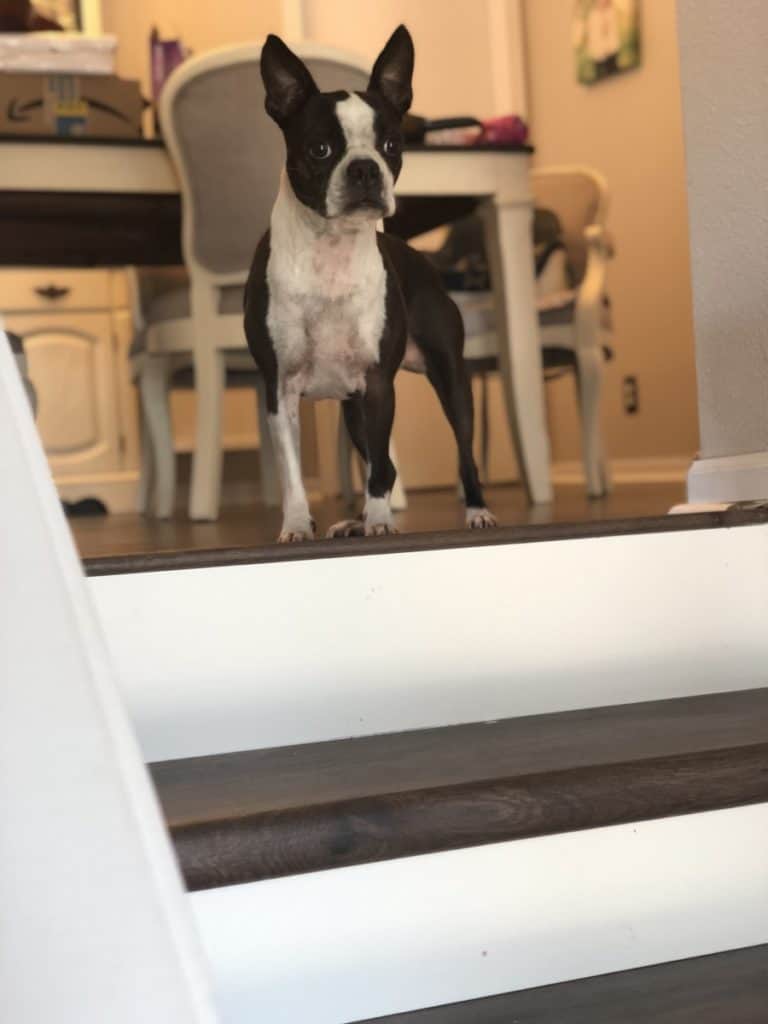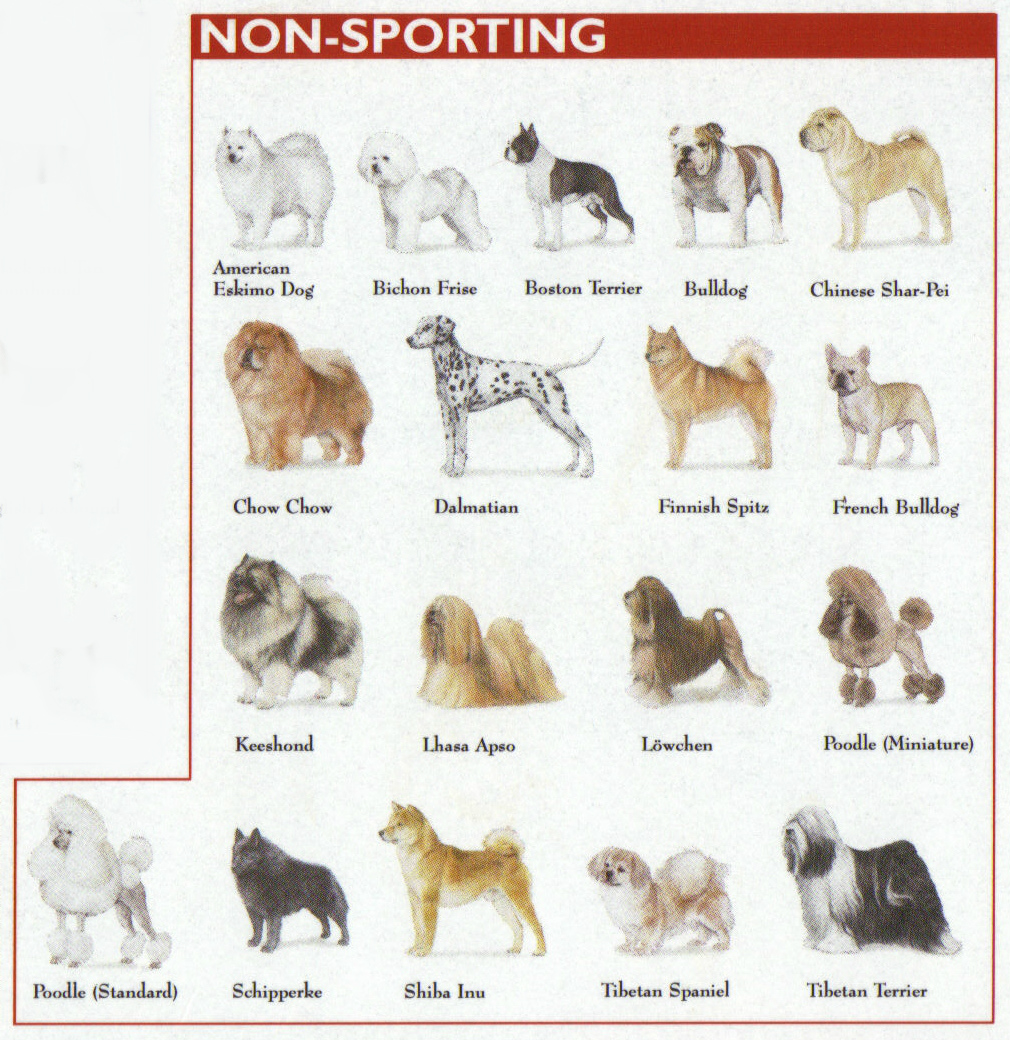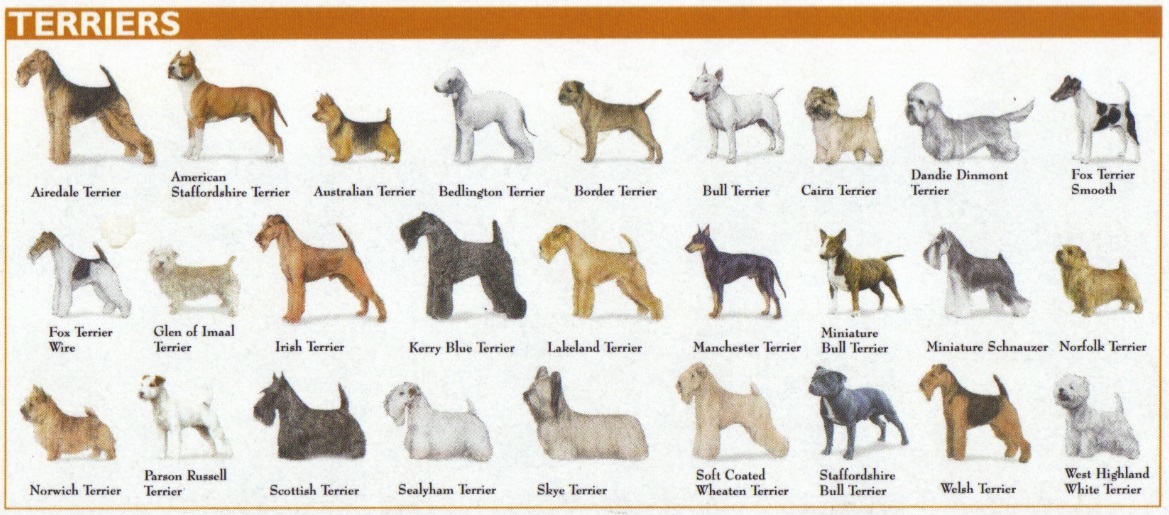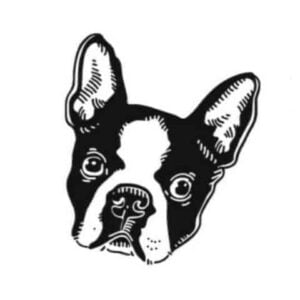The American Kennel Club, or AKC, is the primary registry for purebred dogs in the United States. Founded in 1884, the AKC was created as a way to record and publish the pedigrees of purebred dogs. Dogs bred for purpose and beauty were rising in popularity in the United States at the time.
The popularity of dog breeds occurred because of the fad that began in England in the early 1800s. In addition to maintaining a pedigree registry for 193 different dog breeds, the modern-day AKC also sanctions events and competitions for purebred dogs.

What American Kennel Club (AKC) Group is the Boston Terrier In?
The Boston Terrier is in the Non-Sporting group of the American Kennel Club.
The most famous event is Conformation, where dogs are compared to their breed standards and are judged on how closely they resemble the ideal dog for their breed. With so many breeds competing against each other, the AKC has divided them into seven groups: the Hound Group, the Terrier Group, the Working Group, the Herding Group, the Sporting Group, the Toy Group, and the Non-Sporting Group.
Each group consists of breeds that were created for similar purposes. There is also a Miscellaneous Class at some competitions for new breeds that have not been officially categorized yet.
Back Story
As with other breeds, the Boston Terrier was created by combining other pure breeds. This was done until Boston breeders were able to consistently produce dogs with the compact, athletic appearance that we recognize in the Boston breed today.
The Boston Terrier breed was recognized by the AKC in 1893, making it one of the earliest breeds to be accepted by the club. Many people may assume that the Boston would have been placed into the Terrier group. However, despite the Boston Terrier’s name, the breed was actually assigned to the Non-Sporting Group.
What is the Non-Sporting Group?
The Non-Sporting Group is the most diverse group recognized by the AKC. The breeds vary in size, coat type, appearance, as well as purpose. In a way, the Non-Sporting Group is made up of misfit breeds that can’t be considered members of any of the other six groups.
Breeds belonging to the other groups, such as the Herding Group or the Hound Group, share apparent similarities. Many of the breeds in the Non-Sporting Group share very few similarities. Along with the Boston Terrier, you’ll find an incredibly diverse group of dogs, from Dalmatians to Poodles. In all, there are 21 different breeds in the Non-Sporting Group.

Non-Sporting Group AKC Breeds
- American Eskimo Dog
- Bichon Frise
- Boston Terrier
- Bulldog
- Chinese Shar-Pei
- Chow Chow
- Coton de Tulear
- Dalmatian
- Finnish Spitz
- French Bulldog
- Keeshond
- Lhasa Apso
- Löwchen
- Norwegian Lundehund
- Poodle (Miniature)
- Poodle (Standard)
- Schipperke
- Shiba Inu
- Tibetan Spaniel
- Tibetan Terrier
- Xoloitzcuintli
Why is the Boston Terrier in the Non-Sporting Group?
As with the other breeds in the Non-Sporting Group. The Boston Terrier likely landed in the group simply because it wasn’t fit for any of the other groups. Unfortunately, no official records are explaining why the breed ended up in the Non-Sporting Group that I could find. The Boston Terrier shares a similar lineage to both the Bulldog and the French Bulldog, which may have an impact on the club’s decision to categorize them all in the same group.
Unlike the Boston Terrier and French Bulldog, the Bulldog was bred with a specific purpose in mind. The sport of bull-baiting. Bull-baiting was quite popular at the time, so the breed was created as an ideal dog for fighting bulls. However, both the Boston and the Frenchie were created for a variety of purposes. Some may have been involved in bull-baiting, but others may have been used to catch rats or simply as a stylish accessory.
Although the French Bulldog was likely created by breeding particularly small Bulldogs. The Boston Terrier was created by crossing Bulldogs with other breeds, such as the White English Terrier, which is the descendant of the modern-day Bull Terrier.
The lack of a specific purpose may have landed the breed in the Non-Sporting Group. However, Boston’s non-specific uses such as rat control and possible bullfighting are likely what kept the breed out of the Toy Group. Weighing in under 25 pounds means the breed was small enough to join the Toy Group, but breeds belonging to that group consist mainly of dogs that were bred strictly as companions.
Why isn’t the Boston Terrier in the Terrier Group?

The Terrier Group is made up of breeds that were intended for vermin control. Terriers, as a whole, are dogs that were bred to go to ground to hunt for rats, voles, and other rodents. Prominent examples of this in the group are the Jack Russell Terrier, Cairn Terrier, and the Scottish Terrier. Their tenacious attitude and affinity for small prey made this the apparent group for those breeds.
However, among the rodent chasing breeds, there are a few exceptions in the group. The American Staffordshire Terrier, Bull Terrier, and Staffordshire Bull Terrier all share a similar history to the Boston Terrier.
It can be confusing to see these breeds in a separate group from the Boston Terrier, French Bulldog, and Bulldog since they were created using similar types of dogs. However, the main difference in the breeds is their intended purposes and how well they retained their abilities to perform those tasks.
Function
Bulldogs, French Bulldogs, and Boston Terriers have all become breeds intended more for companionship, rather than any specific sport or type of work. Bull Terriers, American Staffordshire Terriers, and Staffordshire Terriers, on the other hand, have retained their tenacious attitude and working ability.
Final thoughts…
When new breeds are officially recognized, the American Kennel Club assigns them to a group based on their purpose and ability to perform specific tasks. In modern times, as breeds are categorized, the club may voice their opinion on why each breed belongs in a particular group.
Unfortunately, in the early days of the AKC, the club simply assigned the breeds to their groups. Because of this, there are no official records (once again, that I could find) that explain why the Boston Terrier ended up in the Non-Sporting Group, rather than the Terrier Group.
References
- American Kennel Club (AKC) – The History of the AKC
- American Kennel Club (AKC) – Non-Sporting Group
